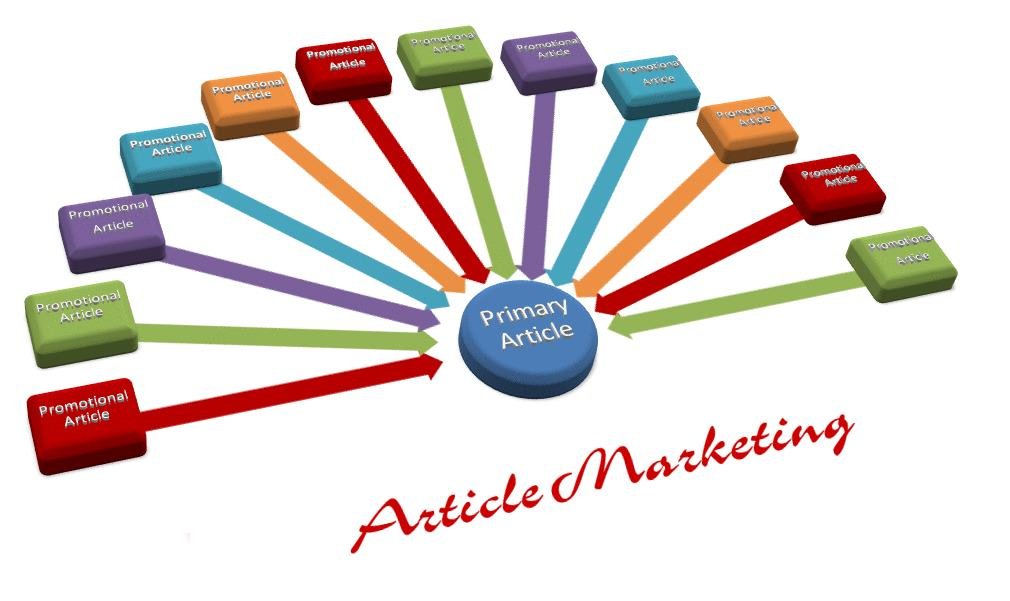You don’t need to be a master content writer to be able to craft exceptional content. As long as you know what you’re talking about and you conduct proper research, then having great content on your website will not be that much of a struggle.
On that note, there are several things you need to look into to identify whether your content is of top quality. One of these factors to look into for your content is readability.
Readability is how easy it is for others to read your content. Several other underlying factors make content readable.
If you know how to improve readability, then you are already one step closer to creating great content. Check out some smart ways you can improve the readability of your content.
1. Use simple words
Just because you know what a complicated word means doesn’t mean all of your readers do. Thus, you should stick to simpler words that you’re sure everyone would know.
If you’re not sure, then you should define complicated terminologies first.
Look for words that you could shorten. The more syllables a word has, the more complicated it’s likely to be. Unless the terminology is important to what you’re saying, then a complicated word isn’t necessary.
Having complicated words on your content will make readers stop or pause from reading. They might end up leaving your website. Therefore, it is in your best interest to use simpler words.
2. Write shorter sentences
Shorter sentences are an important factor in improving the readability of your website content. If you’re using too many words, then the information you’re trying to communicate might get lost. With shorter sentences, you can give your readers a break.
Of course, this doesn’t mean that every sentence should be super short. You should create a rhythm in the words that you’re creating. If you do a long sentence, break it with a short one.
If you write shorter sentences continuously, then you’re going to sound a bit robotic. If you write long sentences, it can make your readers leave your site.
3. Write in an active voice
As much as possible, you should write in an active voice.
Writing in an active voice makes your content much more appealing to read. Plus, it’s not as confusing as passive voice.
With the passive voice, you have to create or jump through more hoops to find out who’s doing what. With the active voice, you get what you get.
Aside from that, writing in the active voice makes your sentences shorter. As you know, shorter sentences are more appealing to read. Thus, you should do everything you can to write shorter sentences in the active voice.
4. Keep your paragraphs short
Speaking of writing short sentences, you should also try and keep your paragraphs short. The ideal count for each paragraph is three to five sentences.
There are many reasons this is the case. One, it is discouraging for readers to find a block of text in the content they’re reading. This will make them leave the website.
Two, it looks much more attractive and straightforward when paragraphs are short.
Consider your readers when you’re creating website content. Website content is a different literary form on its own. It’s not an academic paper that is fine with having blocky texts, nor is it a novel where you can write as long a sentence as you want.
Keep your paragraphs short and to the point as much as possible.
5. Write in a conversational tone
One other thing that you should consider when writing website content is your tone. The tone of your content describes how you come across to your readers.
Nowadays, people are really conscious of the people that they support. They want to know that there is a human behind their content and that it’s not just something automated. You can do this by making sure that you write in a conversational tone.
“The conversational tone in your content is especially important if it is meant to lead readers to buy a service or product from you”, according to Sytian Productions, a web designer. If this is the case, then crafting a professional yet still approachable tone with your content is key.
6. Use formatting tags properly
You need to be able to spice up your content using the formatting tags. Formatting tags are the bold, italics, and underline options which you can use to emphasize some words or phrases.
Use these formatting tags right, and you’ll be creating a very readable content on your site. Of course, you have to set some rules when you’re doing this. You should try and have specific rules for when to use bold, italic, or underline.
That way, it’s cohesive to read. Plus, if people use a speed-reader, it will help your readers understand content easier. This is because these formatting tags serve as a break in the speed reader’s reading.
7. Use readable fonts
Don’t get too carried away with the Typeface or Font that you use for your website content. Simple and recognizable fonts should be sufficient enough. Helvetica and Arial are both a great choice.
Cursive is especially difficult to give you a guarantee that the content is readable. Thus, make sure that you avoid cursive font as much as possible with your web content.
8. Ditch filler words
Filler words are unnecessary words that are used to lengthen your sentences.
If you’re editing your content, cut out the middlemen. Ask yourself whether you need this sentence or otherwise.
If you think your content will work even without these phrases or sentences, then ditch them.
9. Add block quotes
Another way to make your content more readable is by adding block quotes wherever needed. Blockquotes help define a part of your content as something that you got from another source.
You can use block quotes to emphasize some parts of your content. You can also use it to emphasize significant thoughts.
Wrap up
Improving your content’s readability will make readers want to read more. Thus, making them stay longer while they’re on your website. On that note, this article should help you significantly improve your content.
Make sure that your content adheres to some of the aforementioned tips (whichever is applicable) to ensure its quality.




